Seizure-Detection Dogs: Training and Effectiveness Explained

Updated on
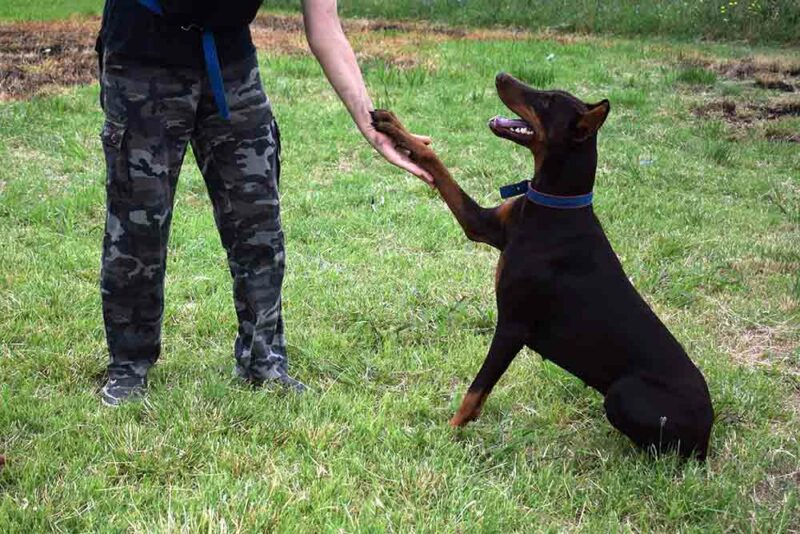
Click to Skip Ahead
If you’re diagnosed with epilepsy, you must learn how to optimize your safety without knowing when a seizure might hit. Fortunately, there are a few things that you can do to help predict when a seizure is developing so you can get yourself in a safe place and position before the seizure actually hits.
One effective way to predict seizures is to adopt a seizure-detection dog. Also referred to as seizure-alert dogs, these dogs can identify when their human companion is about to have a seizure. But how does seizure detection work? Here is everything that you should know about seizure-detection dogs.
 How Does It Work?
How Does It Work?
There has not been enough research done to understand exactly how dogs sense seizures, so we cannot be sure whether it’s a scent, the behavior of the human, or something else that drives a dog to take action when a seizure happens. We do know that a dog cannot be trained to alert their human companion of an oncoming seizure.
Some dogs somehow naturally detect oncoming seizures and can alert their owners of the onset in one way or another. There are a couple of types of seizure dogs, such as the seizure-response dog, that can be trained to help their human companions once a seizure begins. Also, several dog breeds have been determined to be the best for this kind of work.
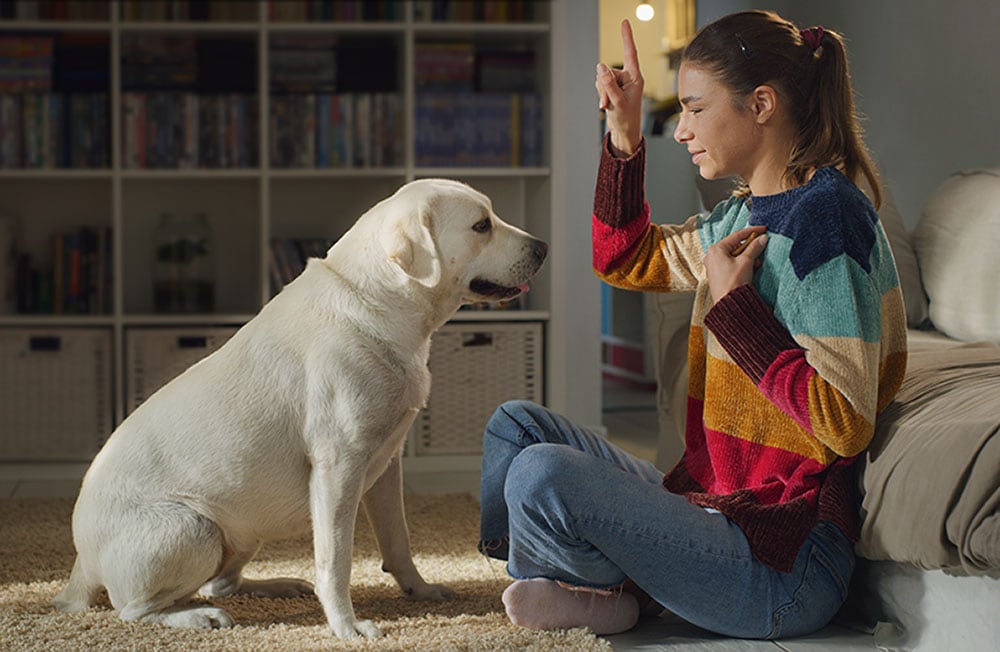
What Are the Different Types of Seizure-Support Dogs?
Some dogs can naturally detect an upcoming seizure, with no training necessary. However, training the dog on what to do when they detect the onset of a seizure should still be done. Also, dogs that don’t have an instinct to detect seizures can be trained to identify when a seizure takes place and to assist human companions during and/or after the seizure.
Seizure Detection
Seizure detection before the fact is not common in dogs, but there are a few that seem to naturally pick up the skill. However, just because a dog can detect a seizure before it happens does not mean they know what to do about it. A dog that can detect a seizure before the incident occurs may stare at, paw at, lick, or circle their human companion.
Once it is determined how a seizure-detection dog reacts to their detection of a seizure, the human companion can use the behavior as a sign of an impending seizure and act accordingly. This may include finding a safe place to be during the seizure or calling for help if necessary. Dogs that can naturally detect the onset of a seizure before it happens can be trained to assist their human companions in various ways during the seizure.

Seizure Assistance
Seizure-assistance dogs are trained to handle situations in which their human companions find themselves having a seizure. These dogs typically cannot detect a seizure before it happens (unless they have the natural inclination to do so), but they do know what to do when they see their human companions suffering from a seizure. A dog that is trained to assist with seizures may do one or more of the following:
- Alert others in the area at the first onset of a seizure by barking and/or running back and forth between their companion and someone who could help.
- Activate an alarm that notifies emergency responders if the seizure happens at home.
- Stay by their companion’s side throughout the incident.
- Lie next to their companion to inhibit rolling around and becoming injured.
- Block doorways and stairs after a seizure while their companion is disoriented.
These actions can help keep a person with epilepsy safe and alive, whether they have a seizure at home or in a public setting.
Types of Dogs Used for Seizure Detection and Assistance
There is no specific breed that is known to naturally detect a seizure before it happens. It seems that either a dog has the talent for it or they don’t, regardless of breed. That said, some breeds are known for being excellent seizure-assist dogs after proper training and socialization. Here are a few to keep in mind:
Golden Retrievers

These intelligent dogs are sensitive and loyal, making them predisposed to do whatever they can to help their human companions. They have an uncanny ability to sense their companion’s feelings and needs and make excellent service dogs of all types.
Labrador Retrievers
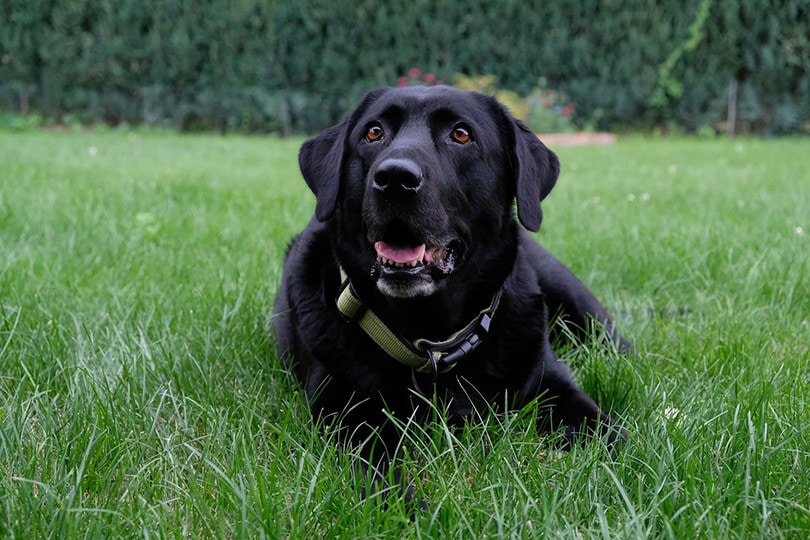
This is a friendly dog breed that enjoys learning new skills and is always eager to please. The average Labrador Retriever will stick by their companion’s side through thick and thin, which makes them a great candidate for a seizure-assist dog.
German Shepherds

German Shepherds might be thought of as guard dogs by many, but the truth is that these dogs are intelligent, obedient, loyal, and sociable. They can get along well in public settings and are hefty enough to protect their companions while a seizure takes place.
Poodles

Poodles make excellent seizure-assist dogs because they can be trained to get seizure medication and alert emergency response personnel via an alarm or phone command when a seizure takes place. These dogs are also good at providing comfort until help can arrive.
Newfoundlands

These are big yet gentle dogs that are obedient and observant. They can learn to do a variety of tasks that can help support their companion suffering from a seizure and immediately afterward. These dogs are good at providing stability support when necessary too.
Samoyed

Samoyeds are smart and social and happen to have strong work ethics. With training and practice, this breed can provide basic aid and find help for their companions when a seizure takes place. They are agile too, so they have the wherewithal to keep their companion safe when they aren’t at home.
Irish Setter

This well-tempered dog breed is outgoing, sociable, and alert. They do well with strangers and can protect their human companions when sticky situations arise. They tend to be good at responding to the situation quickly when a seizure occurs.
Border Collie

Border Collies like to work, even if their only job is staying on guard and reacting if a seizure occurs. These dogs are extremely trainable, so they tend to be ready for seizure service before some other dog breeds with the same job.
English Setter

This is a gentle and affectionate dog breed that has complete loyalty to their human companions. When their companion is in trouble, an English Setter will naturally do what they can to provide comfort, safety, and protection.
When and Where Are Seizure-Support Dogs Utilized?
Seizure-support dogs are utilized in various ways and settings. They are called upon whenever a seizure attack strikes, so they are always on guard, even while sleeping. When it comes to where a seizure-support dog can provide aid and protection, the answer is anywhere, whether at home or in a public setting.
Seizure-support dogs are typically most effective in the home setting because they can learn to use an alert system there, and the place is typically safer than any public setting. Some dogs do better in social situations than others. Extensive training and socialization are key to ensuring proper reaction and behavior when a seizure episode arises.
Advantages of Seizure Support Dogs
For someone who is suffering from epilepsy, there are many advantages to having a seizure-support dog. First, always having a companion dog around who knows what to do if a seizure happens offers a great deal of peace of mind. Also, seizure-support dogs can reduce the response time of human helpers and emergency workers when a seizure happens. Overall, a seizure-support dog can help save the life of their human companion during a seizure.
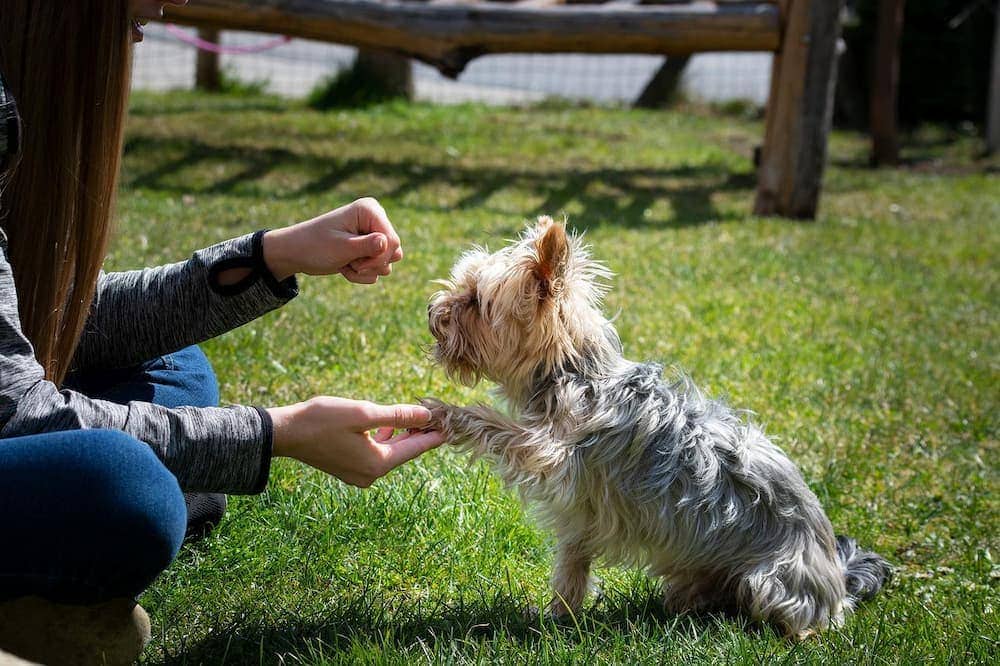
Disadvantages of Seizure-Support Dogs
The disadvantages of having a seizure-support dog are the same as having a dog as a pet in any other circumstances. Seizure-support dogs must get daily exercise in the form of walks and outdoor playtime. They need a healthy diet throughout their lives, and food is not free. Dogs must be groomed regularly and need plenty of space to hang out indoors with their human companions. It is also necessary to continue obedience and seizure training throughout a seizure-support dog’s life.
 Frequently Asked Questions (FAQs)
Frequently Asked Questions (FAQs)
There are likely still a few questions that you have about seizure-support dogs, and we have you covered here.
Q: How long does it take to train a seizure-support dog?
A: It can take anywhere from 6 months to 2 years to successfully train a seizure-support dog, depending on the age of the dog when training starts and things like their breed, temperament, and sociability. Professional training is typically swifter and more effective than owner training.
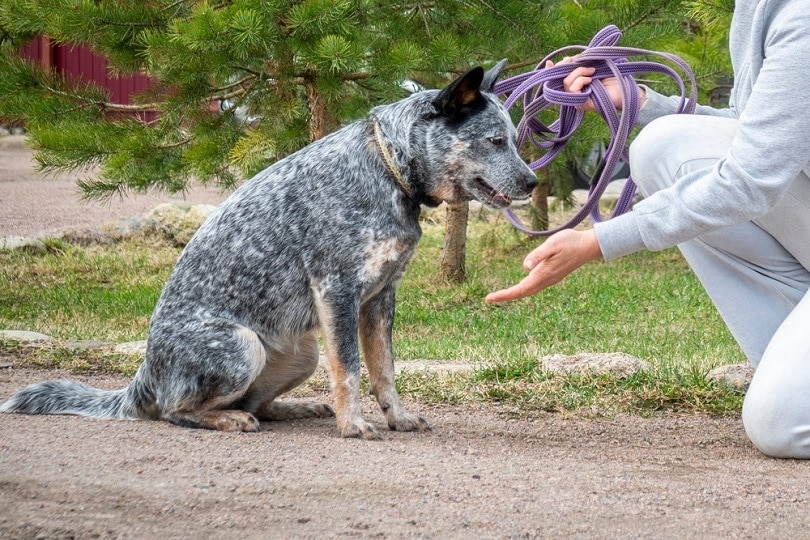
Q: Are seizure-support dogs good family pets?
A: Seizure-support dogs make excellent family pets! The dog breeds that perform as the best seizure assistants are usually sociable, friendly, smart, and loyal — traits that are important when it comes to living in a family environment.
Q: Are seizure-support dogs harder to take care of than “regular” pets?
A: Not necessarily! The only thing that you may have to commit to that you wouldn’t do with a “regular” pet dog is continual service training. Otherwise, a seizure-support dog should be cared for like any other pet dog should be.
 Conclusion
Conclusion
Seizure-detection and assistance dogs play an important role when it comes to ensuring that people with epilepsy can lead safer and more normal lives. These dogs are typically smart, sociable, loyal, and eager to please. While you can’t train a dog to detect when a seizure is going to happen, you may get lucky enough to find that your seizure-support pet does have that natural ability.
Featured Image Credit: Derkachev Artem, Shutterstock
 How Does It Work?
How Does It Work?

 Frequently Asked Questions (FAQs)
Frequently Asked Questions (FAQs)









